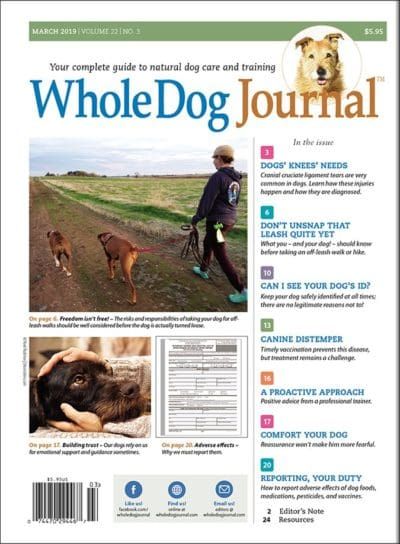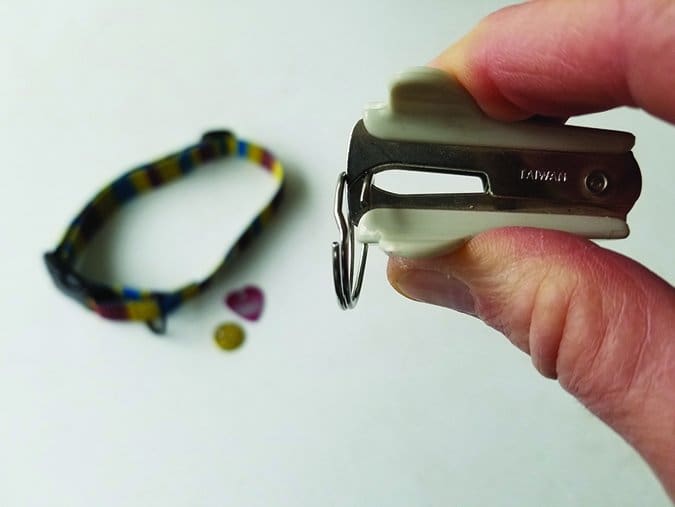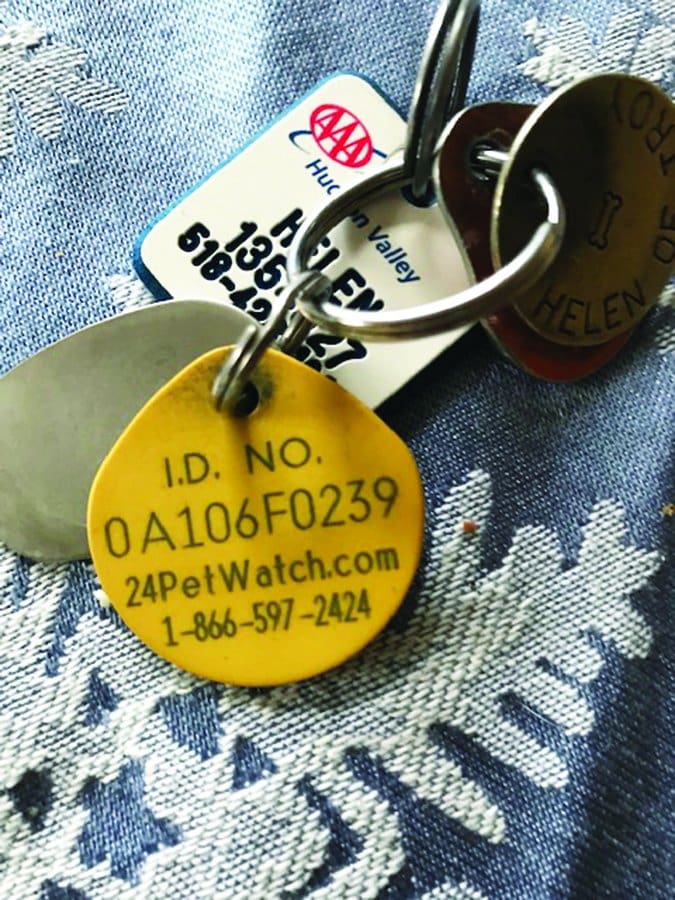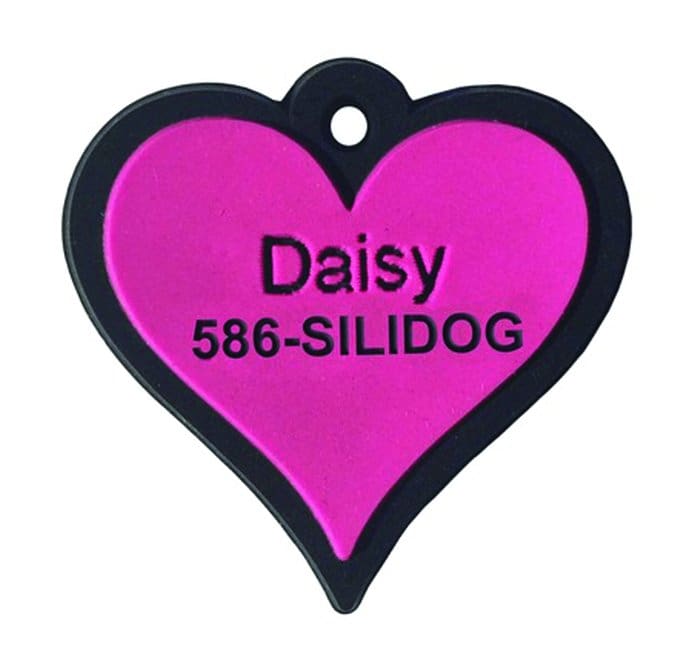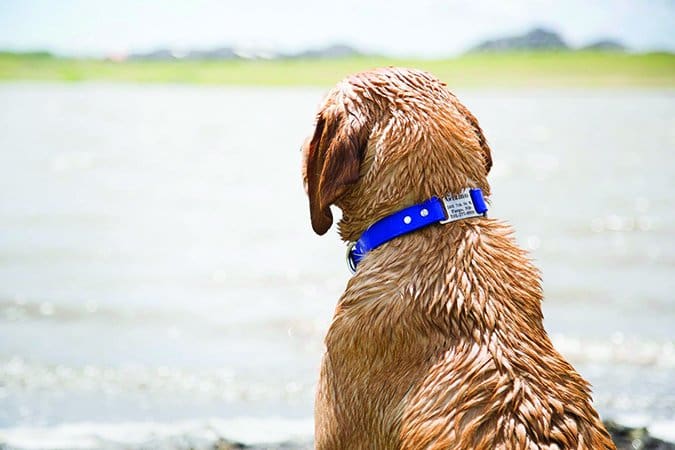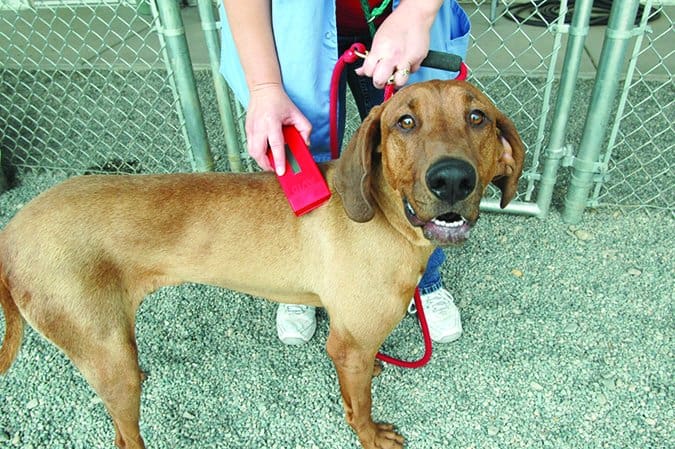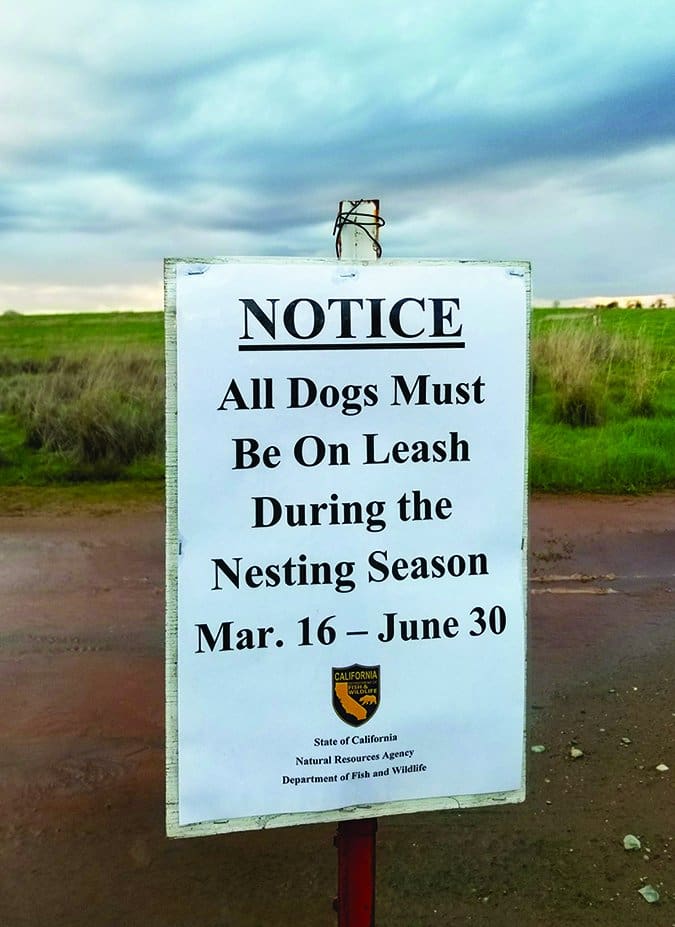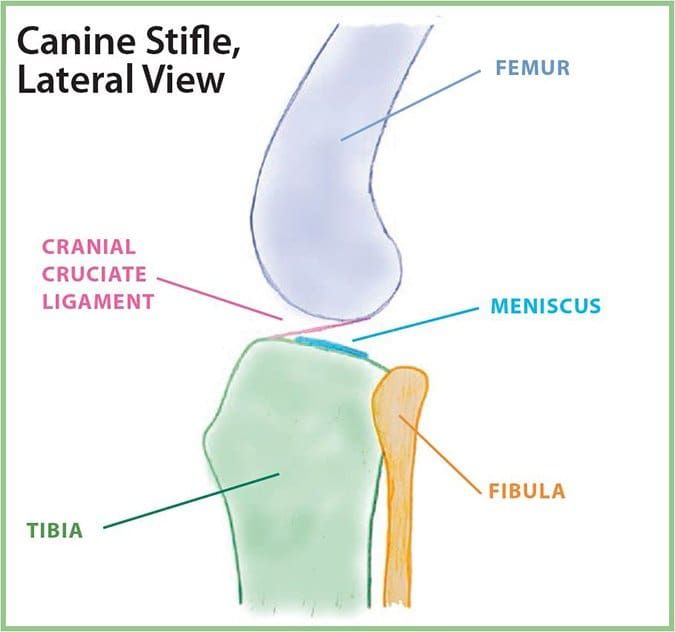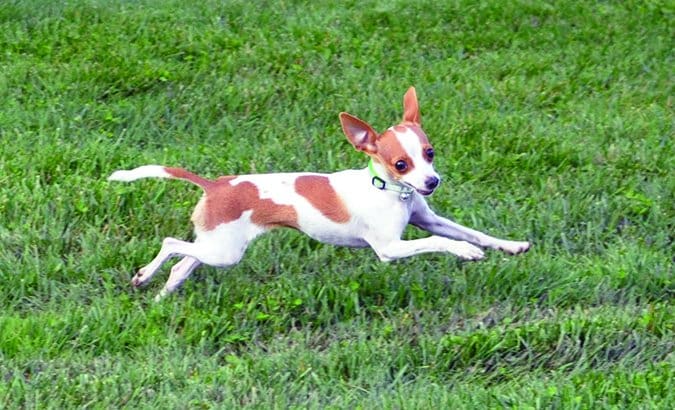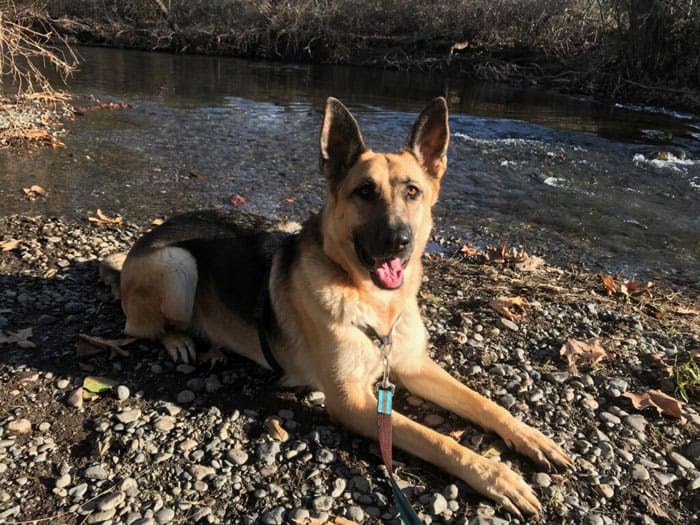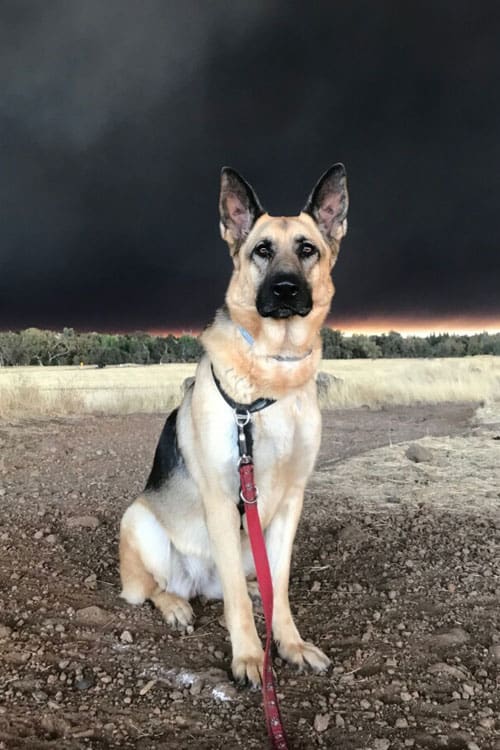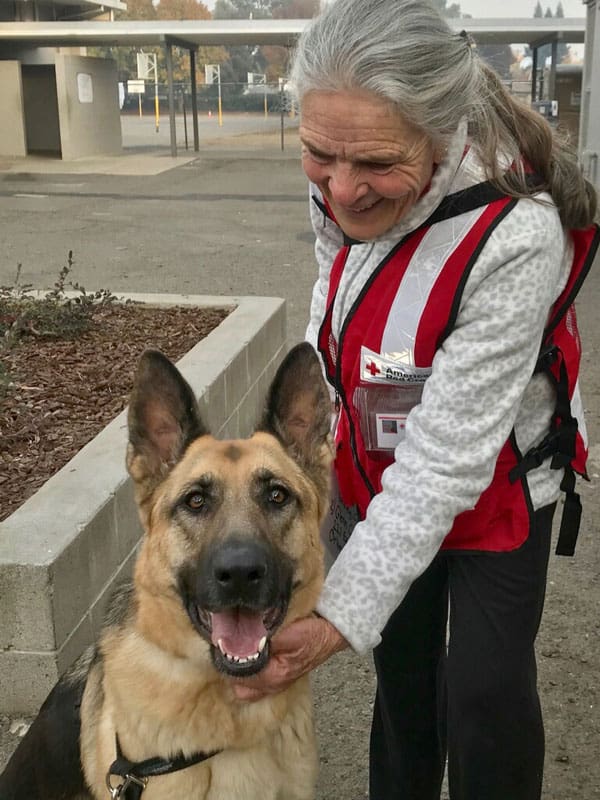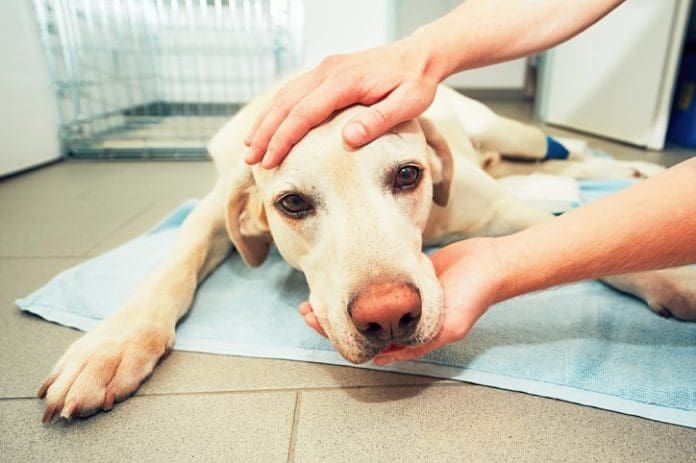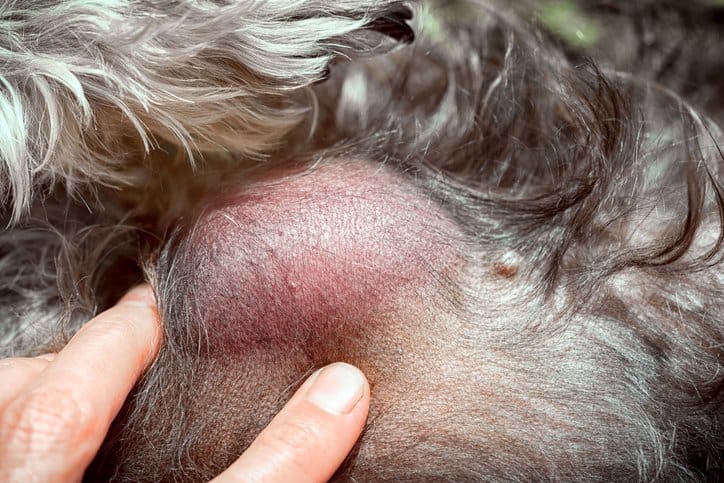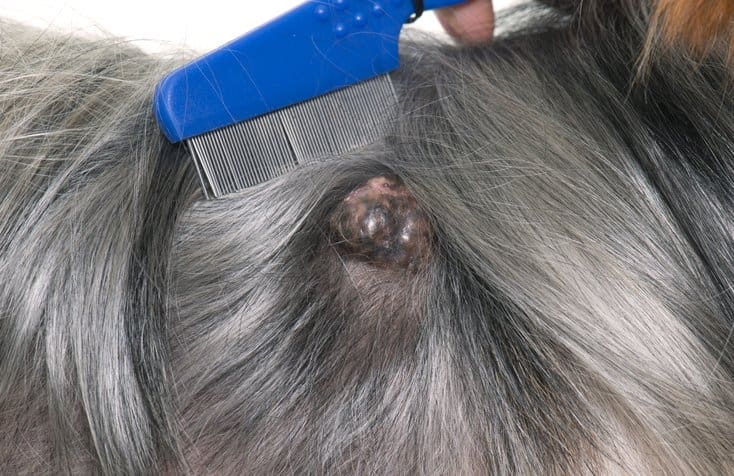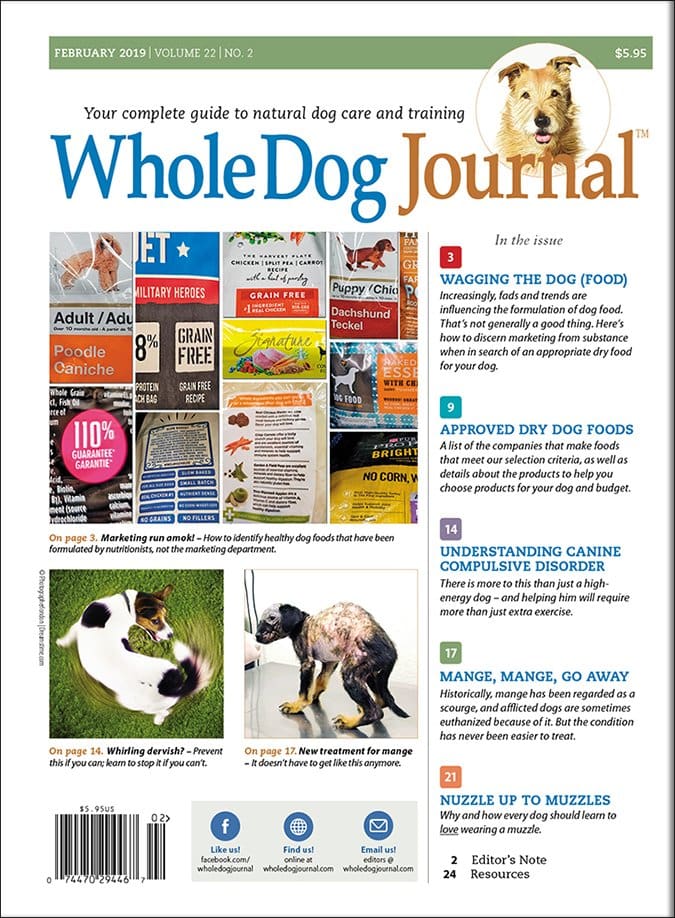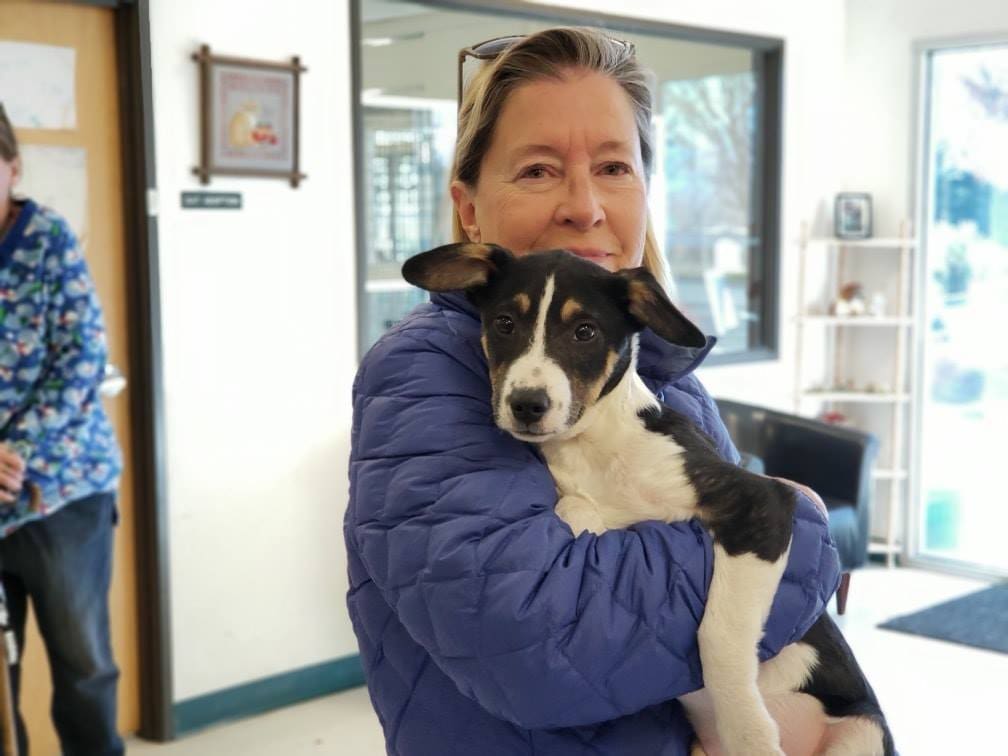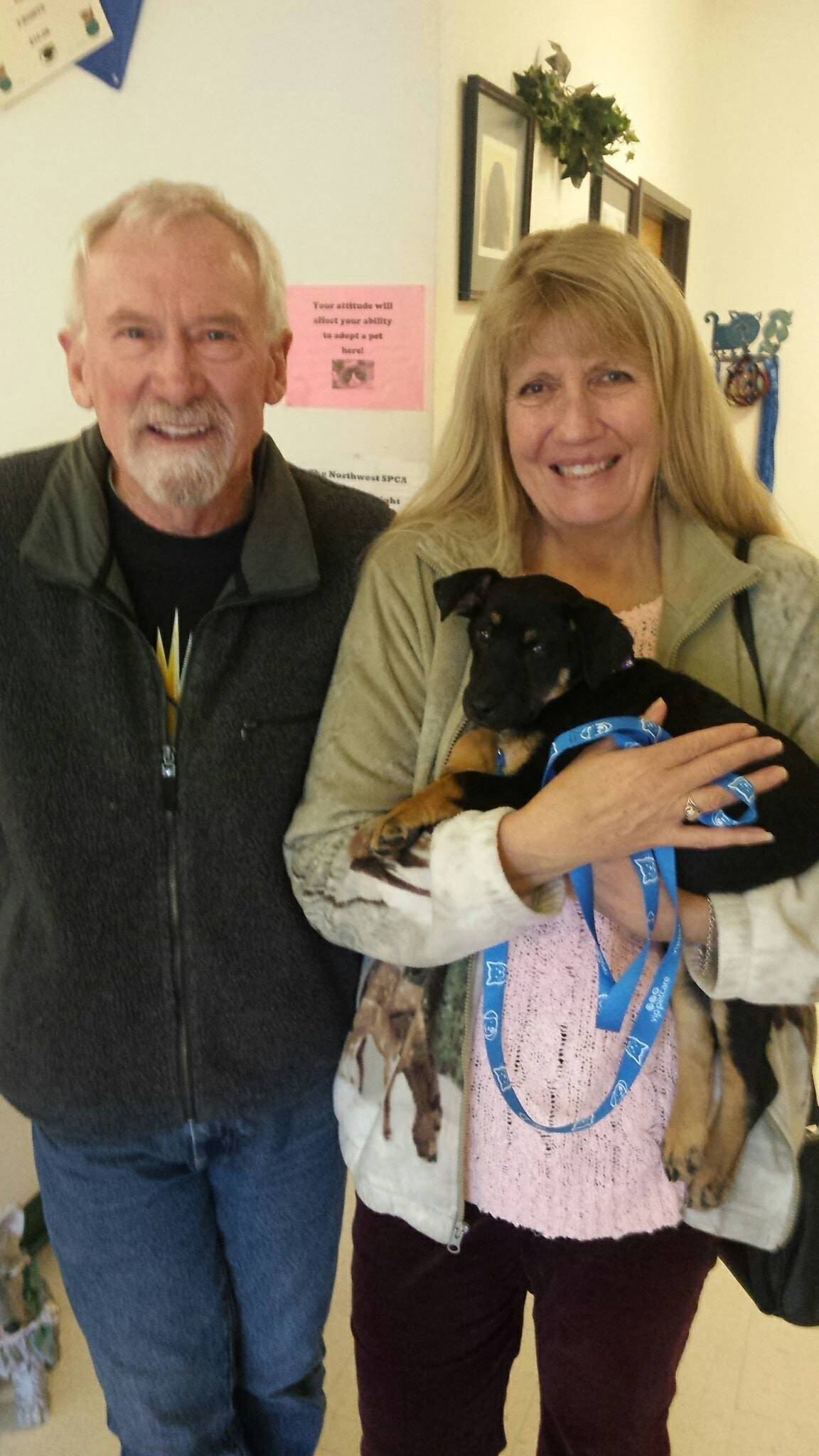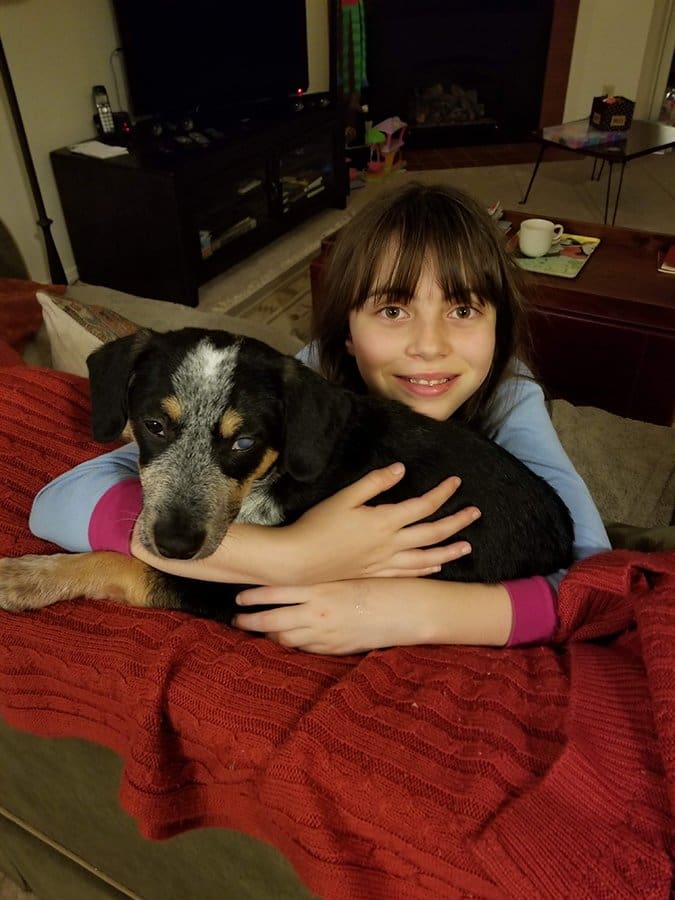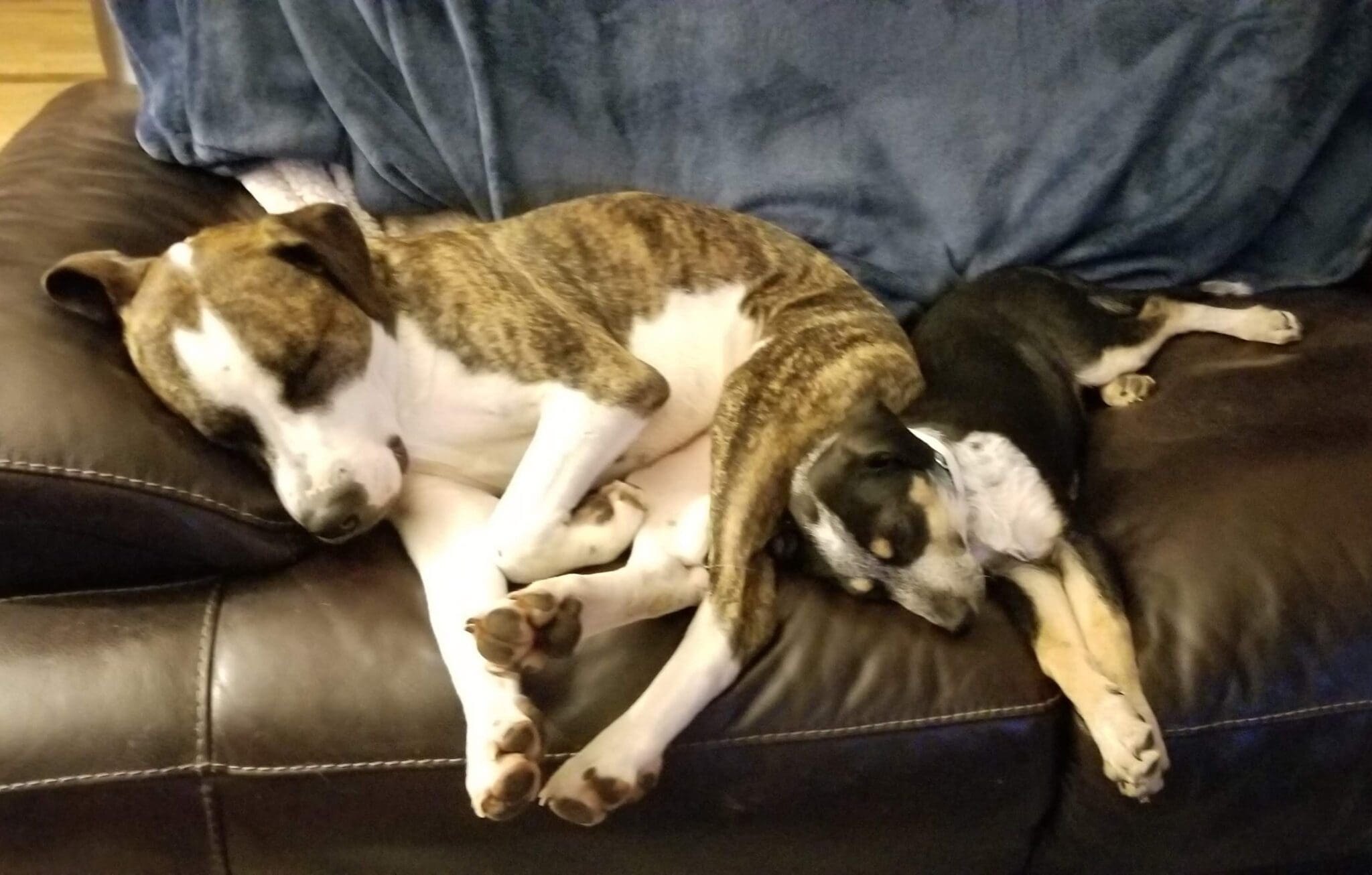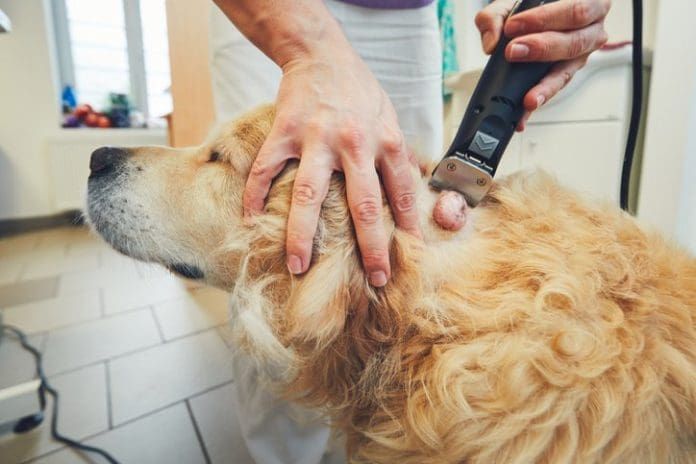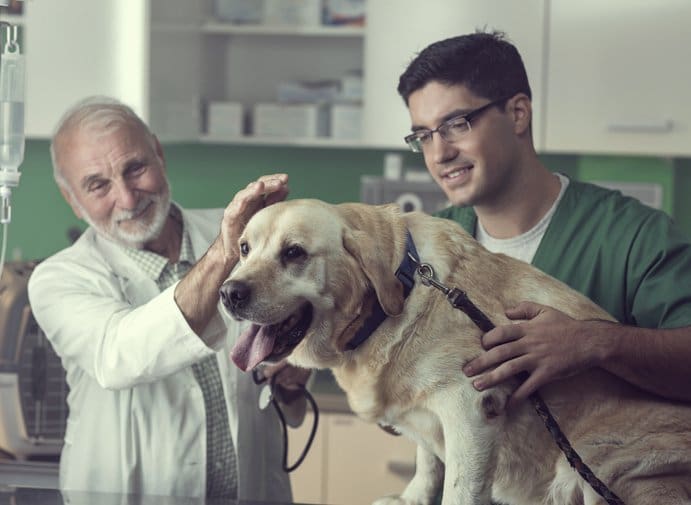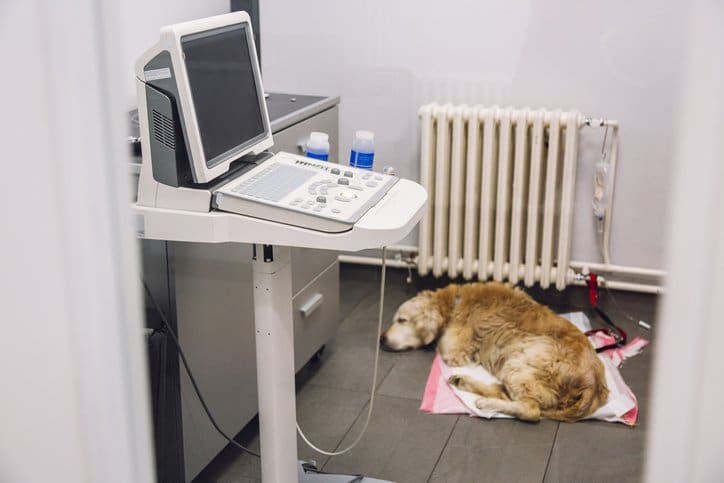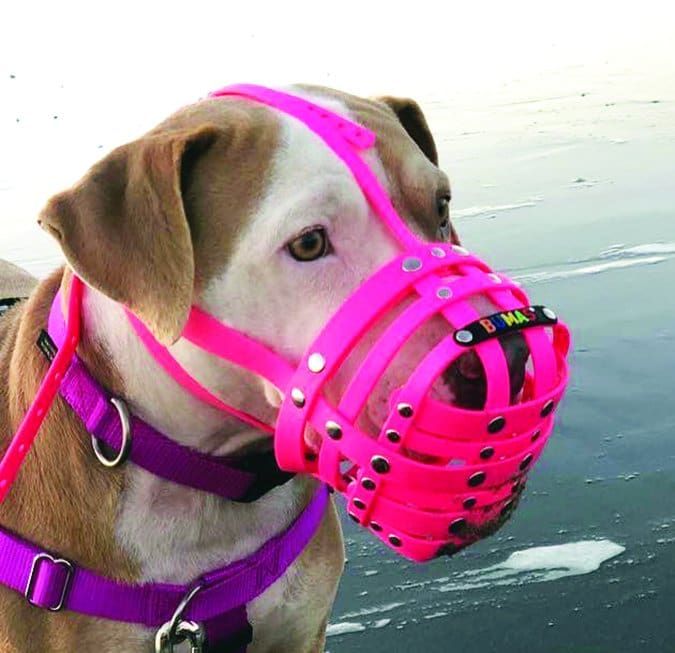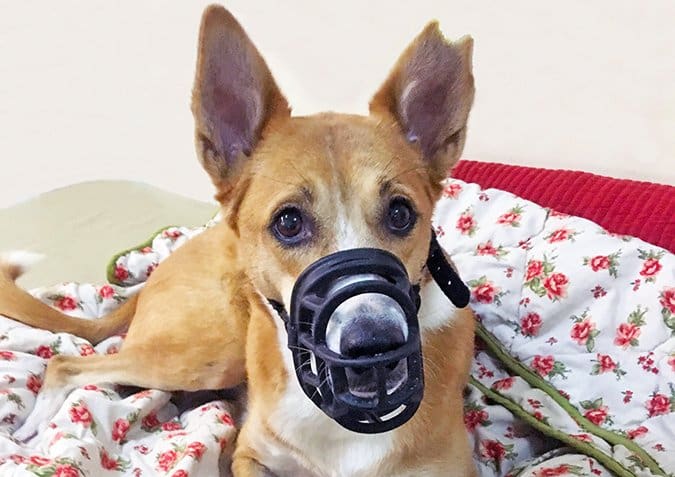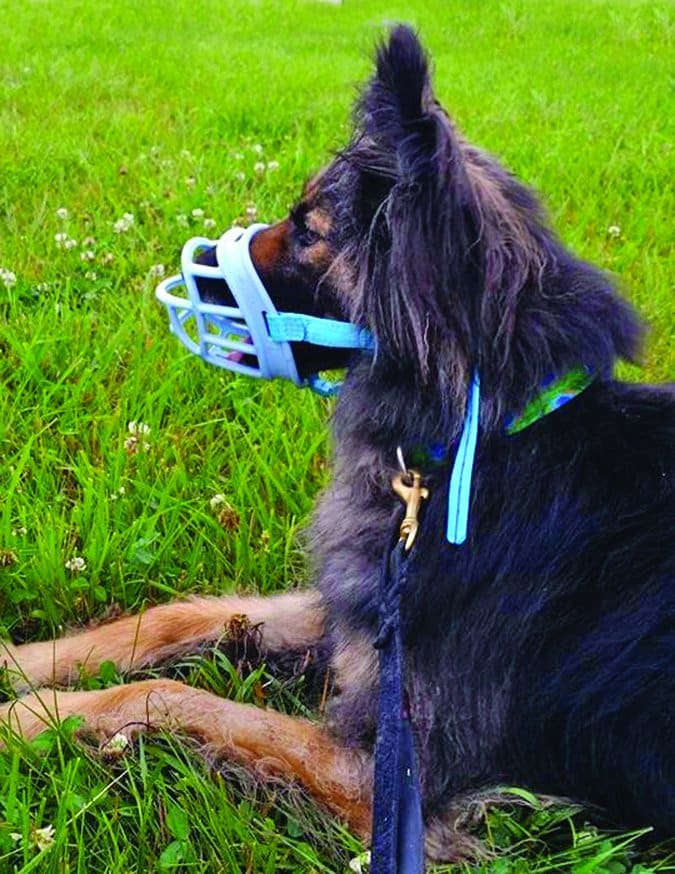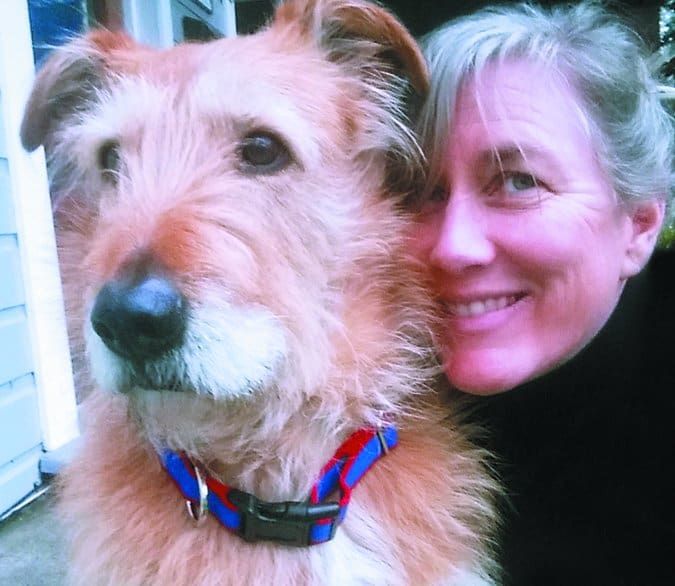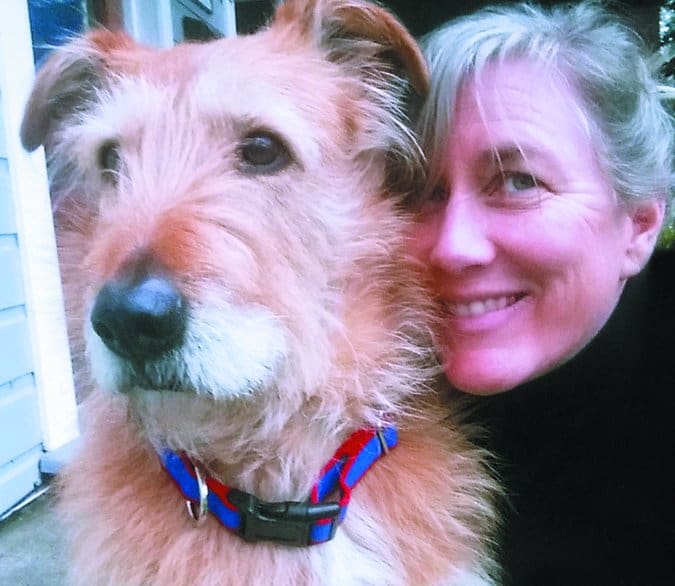Canine distemper virus (CDV) was once a common killer of dogs and other animals. Cats, ferrets, and raccoons are also quite susceptible to contracting this virus, but dogs are considered the “reservoir” host. This means that CDV prefers to hang out in dogs, and they serve as a source of infection.
However, thanks to a very effective and readily available vaccine, distemper has become fairly rare in companion canines. Still, CDV is not eradicated, so it’s important to recognize the signs and symptoms of this virus. This is especially true if you are dealing with puppies in shelter or foster settings, “backyard-bred” dogs, or dogs that have been imported from other countries.
Currently, the most likely place that CDV is encountered is in rescued puppies in shelters. These pups often have multiple health issues and suppressed immune systems, making them more susceptible to illness. Many of these puppies have gastrointestinal (GI) parasites like roundworms and hookworms, and external parasites such as fleas, ticks, and mites. As a final insult, many have received poor nutrition prior to rescue.
All of these factors contribute to a poor immune response, so when a life-threatening virus makes the rounds, puppies are often the first infected. And when you house them in a stressful shelter, they become prime targets for opportunistic bacteria and viruses.
CDV is spread through respiratory secretions; sneezing and coughing are frequent modes of transmission. As you can imagine, in a shelter, there may be lots of both! This is exacerbated by the sort of crowded and stressful housing conditions that are often seen in rescues. Dogs can mount successful immune responses and fight the disease off, but it’s more difficult to do in a shelter.
The incubation period between exposure and the development of clinical signs in unprotected dogs may be as little as one week to as long as six weeks, with the majority of dogs showing signs within one to four weeks.
Making control of the contagion more difficult is the fact that dogs who are infected with distemper can start shedding the virus (be contagious) up to five days prior to the onset of clinical signs of the illness.
Signs of Distemper in Dogs
The clinical signs of CDV occur in stages and in three main body systems: the upper respiratory tract, the gastrointestinal tract, and the central nervous system.
Initially, a dog may show signs consistent with upper respiratory disease: coughing, sneezing, high fever, lethargy, and nasal and eye discharge. This is often mistaken for other canine respiratory tract infections like parainfluenza, influenza, and Bordetella.
At the same time, or slightly after the development of the respiratory signs, a dog may demonstrate GI upset (vomiting and diarrhea). Afterward, recovery may seem to occur.
Generally, however, within one to three weeks, neurological signs may develop. These can include myoclonus (a rhythmic jerking of a group of muscles), seizures, and behavior changes. “Gum chewing” seizures are a well-known manifestation of neurological distemper. They look exactly like they sound – the dog sporadically displays a rhythmic chewing motion.
It is important to know that the three stages of infection present in this order as a general rule; as with any rule, there are exceptions. Dogs can demonstrate only neurological symptoms or only upper respiratory symptoms. Thus, CDV should always be suspected in young dogs with symptoms in any of those systems.
The severity of these symptoms varies widely with the immune status of the dog. If a dog has a healthy immune system, she may successfully fight off the disease and clear it from her body with no long-term effects and minimal clinical signs. In some cases, there will be permanent damage to the enamel of the dog’s teeth, as well as marked thickening of the foot pads (called “hardpad disease”). If a dog is immunosuppressed in any way, the symptoms tend to hit her harder and have a higher risk of death.
Canine Distemper Diagnosis
There is no simple bedside test for canine distemper. In fact, diagnosing it can be a little tricky. Your veterinarian will start with a thorough physical examination (a “nose-to-tail” assessment including vitals like heart rate, weight, and rectal temperature) and a detailed history. This should include questions about where your puppy was adopted and any history of illness, as well as vaccine status.
If your vet suspects CDV, he may recommend one of several tests. Initially, he will likely run blood tests to check red and white blood cell counts, as well as organ function. In the early stages of infection, there may be mild anemia and a low lymphocyte (white blood cell) count. The veterinarian may also look at a blood smear, as dogs with CDV can have small “inclusion bodies” noted in their white blood cells. This is a rare finding and it’s unlikely that your veterinarian will see this, but it never hurts to look!
If your vet suspects concurrent pneumonia, x-rays of the chest will be recommended. For a thorough work-up, a urinalysis may also be conducted.
There are several specific laboratory tests that may be used to diagnose CDV. The most frequently utilized is the polymerase chain reaction (PCR) test, which works well to detect distemper in dogs who have not yet been vaccinated against distemper – but which does not reliably discriminate between a dog who is actually infected with distemper and a dog who has been vaccinated against it.
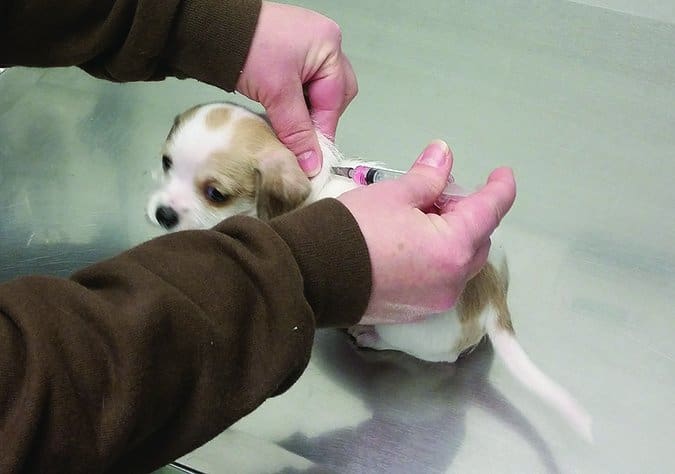
In February 2017, the veterinary diagnostic laboratory Idexx announced that it now offers a test that can differentiate between vaccinal strain interference and actual infection with CDV. In an infected dog, the level of replicating virus is exponentially higher than that found in a vaccine. The quantitative test that is now offered will give actual levels of the vaccine strain present, helping to distinguish between distemper vaccination and true infection.
Another test that your veterinarian may recommend is an immunofluorescence assay (IFA). The problem with this test is that it is generally only positive for the first three weeks after infection. Often, distemper isn’t suspected until the development of neurological signs. That may be beyond the period where it is reliably detected by IFA. As a result, this test gives positive results only in certain groups of patients.
Usually, a diagnosis of distemper can be confirmed through the combination of the dog’s history, veterinary examination, and PCR testing with blood, urine, or a swab from the eye (called a conjunctival sample). But owners should be aware that there are cases that elude certain confirmation.
Distemper Treatment for Dogs
Unfortunately, the only treatment for CDV consists of basic supportive care. It is a virus, so antibiotics are not warranted specifically to fight the distemper. Frequently, though, the illness can trigger secondary bacterial infections like pneumonia, in which case antibiotics will be indicated.
Medications such as non-steroidal anti-inflammatories (NSAIDs) may be used to reduce fever and inflammation, as well as to help the dog feel better. Patients who aren’t eating or drinking will need IV fluids and IV antibiotics. If the dog isn’t eating, nutrition may be supplied via the placement of a feeding tube.
Pneumonia often develops in CDV patients. This is treated as above and with the addition of oxygen therapy, nebulization (a device that delivers medication via a mist that is inhaled into the lungs), and coupage (a physical therapy during which the dog’s chest is struck in a precise way with cupped hands). These treatments help loosen and clear secretions in the lungs.
If your dog is hospitalized, she will be kept in an isolation ward, as CDV is highly contagious and spread through sneezing and coughing.
Distemper Prognosis for Dogs
It is not hopeless if you have a puppy diagnosed with CDV, but the road to a complete recovery can be a long one, and a rosy outcome is never certain. Prognosis depends on the presence or absence of neurological signs like myoclonus and seizures.
If a puppy survives the initial infection, she may go on to live a fairly normal life – or she may experience persistent seizure activity and myoclonus indefinitely. These can sometimes be managed with anti-seizure medications, but the prognosis is very hard to predict.
Two other unsightly after effects of a distemper infection, enamel hypoplasia (no development of enamel on the teeth) and thickened nose and footpads (hyperkeratosis) also can persist for life.
Distemper Prevention
Finally, for the good news: Vaccinations for CDV are available at any general practice veterinary clinic and are highly effective.
There are two types of distemper vaccines: modified live and recombinant. Modified live vaccines (MLVs) offer the strongest protection from the disease. They also pose a tiny risk of conferring a CDV infection. However, according to veterinary virologist Dr. Melissa Kennedy at the University of Tennessee, the chances of this happening are “virtually nil” – the risk for reversion to an infective strain is so low that we take that very tiny risk over the much greater risk of CDV infection from other infected dogs.
The other type of CDV vaccine is a recombinant vaccine – one that has been produced through recombinant DNA technology. These vaccines have zero chance of ever reverting to a pathogenic strain, but historically were considered less effective than MLV vaccines. More recent studies have demonstrated that they are just as effective as the modified live vaccines, and thus are being used more frequently (and are what we use in my veterinary clinic).
Immunity takes about two weeks to develop after vaccination. The immune system must be given time to recognize the virus and then produce antibodies against it.
Because of the possibility that maternal antibodies can interfere with earlier vaccinations, puppies shouldn’t be considered safely immunized against distemper until they have received a vaccine when they are past 18 to 20 weeks of age (the age at which no more maternal antibody interference is possible).
Callejera’s story
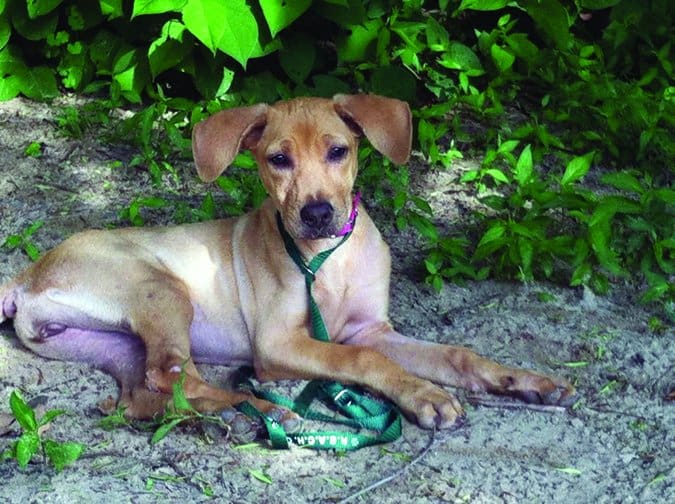
Many veterinarians and veterinary technicians travel to third-world countries to help with preventive health clinics. These are invaluable services that protect both animal and human health worldwide. But sometimes, the big heartedness of these individuals leads to heartbreak.
That’s how Callejera (Spanish for “street dog”) came to the United States from the Dominican Republic. She was a stray presented to a preventive clinic. “Callie” quickly stole the heart of April, an American veterinary technician who was volunteering at the clinic. Callie was vaccinated and spayed, despite having a fever and some eye discharge. Despite the fact that Callie’s history was unknown, April elected to adopt Callie and bring her back to the United States.
Callie did well for about a week once the fever subsided. She easily won the devotion of all who knew her. Then she became very ill. She began to vocalize and “bite” at her legs – and even bit at April. She became lethargic and disoriented. Then her back legs began to jerk rhythmically, all day, every day. She cried in pain, day and night. Antibiotics, pain relief, and gentle, loving nursing care did not give her any relief. A number of possible diagnoses, including panosteitis and other infectious diseases, were entertained and ruled out.
After a few days and failed treatment, distemper was considered as a possible diagnosis, and tests confirmed this suspicion. The most likely explanation is that she already had been infected with distemper before she got vaccinated. Despite supportive care, Callie was suffering and only getting worse. She was showered with love and treats by April and the staff of the veterinary specialty clinic, and then she was peacefully euthanized. She drifted off in the arms of the person who loved her.
Callie’s story is sad but serves as an important reminder that dogs imported from other countries often bring with them a host of parasites and infectious diseases. Careful consideration should be given to the risks, as well as the possible heartbreak, of adopting dogs from third-world countries.
Catherine Ashe graduated the University of Tennessee College of Veterinary Medicine in 2008. Dr. Ashe practiced ER medicine for nine years and now works as a relief veterinarian in Asheville, North Carolina, and loves the GP side of medicine.



